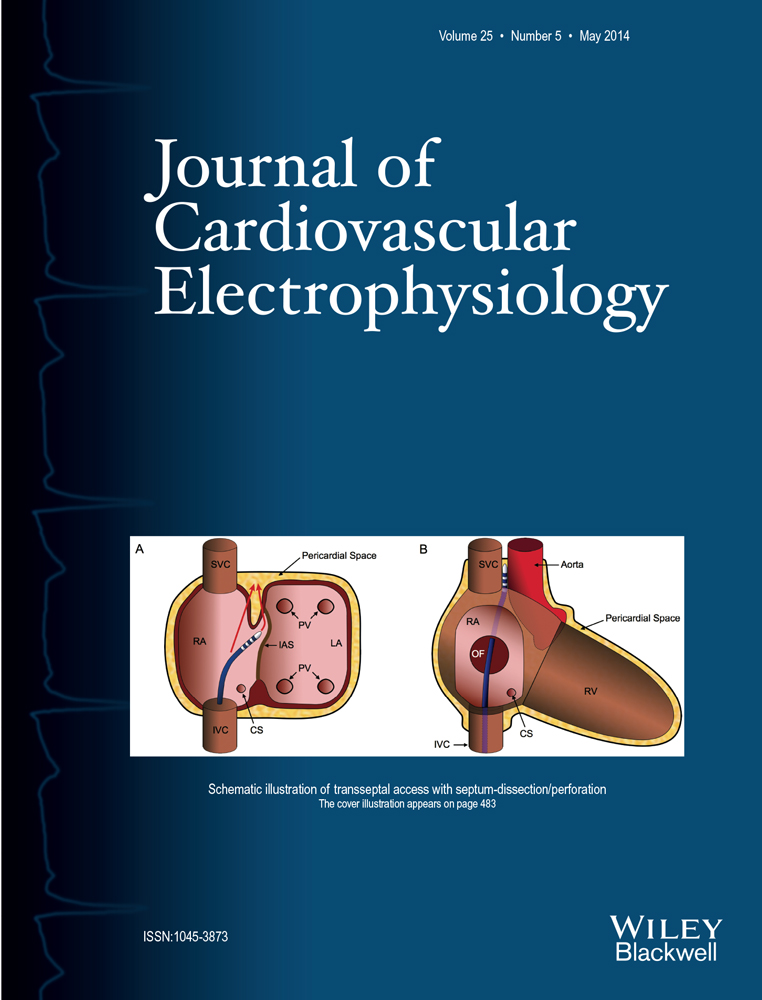Long Pacing Pulses Reduce Phrenic Nerve Stimulation in Left Ventricular Pacing
The study was supported by the West Danish Proof-of-Concept Consortium.
No disclosures.
Long Pulses in LV Pacing
Introduction
Phrenic nerve stimulation is a major obstacle in cardiac resynchronization therapy (CRT). Activation characteristics of the heart and phrenic nerve are different with higher chronaxie for the heart. Therefore, longer pulse durations could be beneficial in preventing phrenic nerve stimulation during CRT due to a decreased threshold for the heart compared with the phrenic nerve.
We investigated if long pulse durations decreased left ventricular (LV) thresholds relatively to phrenic nerve thresholds in humans.
Methods and Results
Eleven patients, with indication for CRT and phrenic nerve stimulation at the intended pacing site, underwent determination of thresholds for the heart and phrenic nerve at different pulse durations (0.3–2.9 milliseconds). The resulting strength duration curves were analyzed by determining chronaxie and rheobase. Comparisons for those parameters were made between the heart and phrenic nerve, and between the models of Weiss and Lapicque as well.
In 9 of 11 cases, the thresholds decreased faster for the LV than for the phrenic nerve with increasing pulse duration. In 3 cases, the thresholds changed from unfavorable for LV stimulation to more than a factor 2 in favor of the LV. The greatest change occurred for pulse durations up to 1.5 milliseconds. The chronaxie of the heart was significantly higher than the chronaxie of the phrenic nerve (0.47 milliseconds vs. 0.22 milliseconds [P = 0.029, Lapicque] and 0.79 milliseconds vs. 0.27 milliseconds [P = 0.033, Weiss]).
Conclusion
Long pulse durations lead to a decreased threshold of the heart relatively to the phrenic nerve and may prevent stimulation of the phrenic nerve in a clinical setting.




